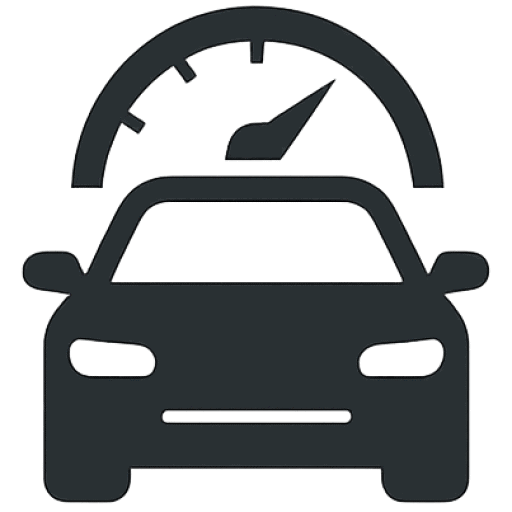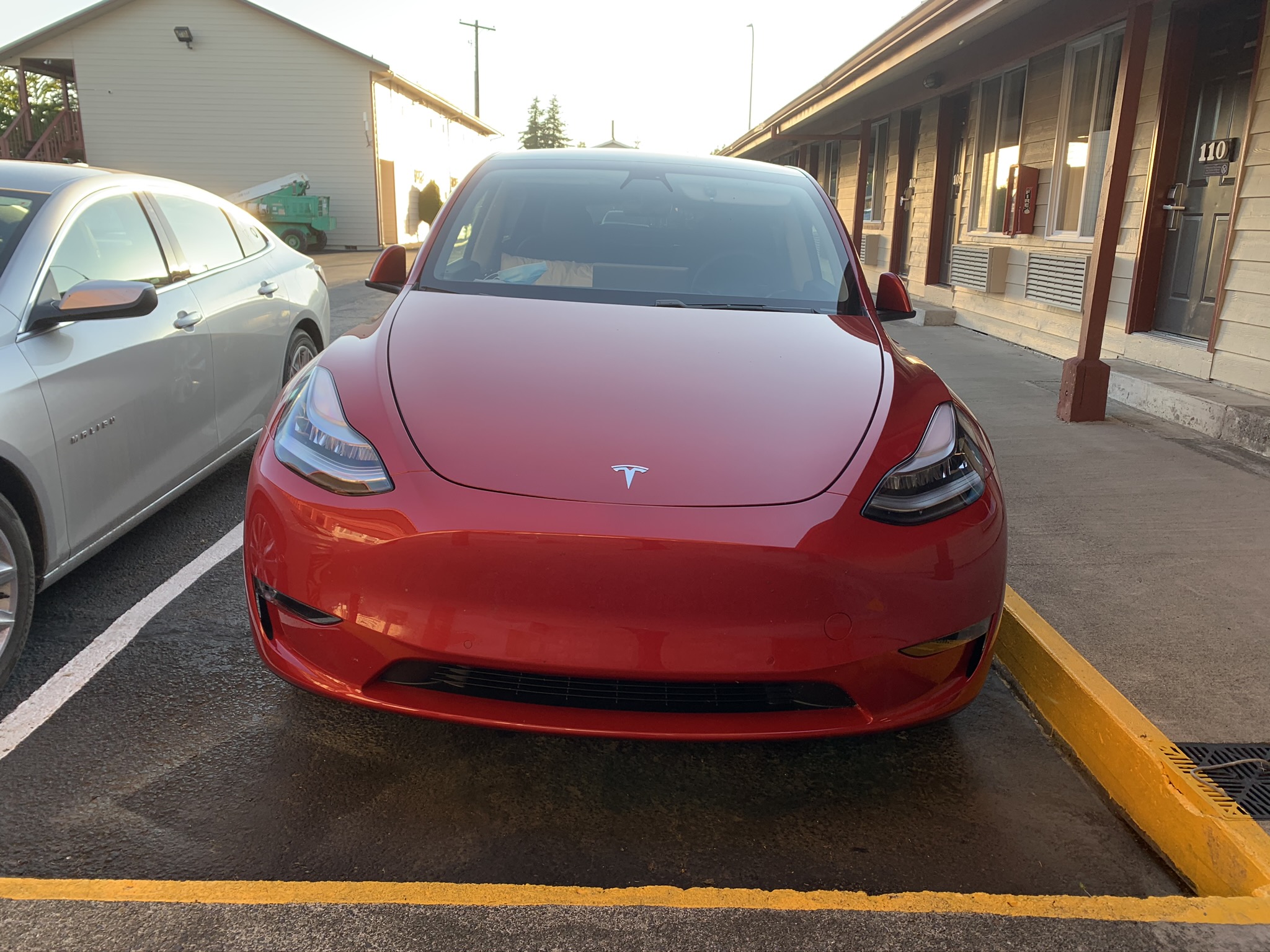Cold weather can take a serious toll on the range of electric vehicles—and the Tesla Model Y is no exception. Whether you’re navigating snowy roads in the Midwest or facing chilly mornings on the West Coast, understanding how winter affects your EV is key to maximizing every mile.

This guide breaks down essential tips for boosting your Model Y’s winter range, covering everything from HVAC settings to tire pressure and regenerative braking.
Why EV Range Drops in Cold Weather

Before we dive into solutions, it’s important to understand why range drops when temperatures fall:
- Battery Chemistry: Lithium-ion batteries are less efficient in cold conditions, meaning they deliver less usable energy.
- Cabin Heating: Unlike gas vehicles, EVs use battery power to heat the cabin, which can significantly drain energy.
- Tire Pressure Drops: Cold weather reduces air pressure, which increases rolling resistance.
- Regenerative Braking Limitations: Cold batteries can’t absorb energy as efficiently, limiting regen braking performance early in drives.
Now, let’s look at ways to fight back.
1. Precondition the Cabin While Plugged In
What It Does: Warms up your interior before driving using external power—not the battery.
How To Do It:
- Use the Tesla app to activate cabin preconditioning 15–30 minutes before departure.
- Enable Scheduled Departure to automate warm-ups and battery preheating.
Bonus: This also warms the battery for better regen braking and acceleration.
2. Use Seat & Steering Wheel Heaters Instead of Cabin Heat
Pro Tip: Tesla’s heated seats and steering wheel consume far less power than the HVAC system.
Why It Works:
- Direct contact heating is more efficient.
- You can stay warm while setting the cabin temp lower (try 65°F instead of 72°F).
3. Enable “Range Mode” (If Available)
In older models or with software updates, Tesla offers a Range Mode setting that reduces power to HVAC and other non-essential features. It’s not currently available in all Model Ys, but if yours has it—use it on longer drives in the cold.
4. Check and Adjust Tire Pressure Regularly
Cold air reduces tire pressure by ~1 PSI for every 10°F drop. Low tire pressure means:
- Higher rolling resistance
- Uneven tire wear
- Reduced range and safety
Recommended: Check pressure weekly in winter and inflate to Tesla’s factory spec (usually 42 PSI).
5. Don’t Rely on Full Regen Braking Right Away
In cold weather, regen braking is limited until the battery warms up. Your screen will show dotted lines on the regen bar.
What to Do:
- Drive gently at first.
- Allow the car to warm up with regenerative braking returning over time.
- Avoid relying on one-pedal driving until full regen returns.
6. Keep the Battery Above 20%
Cold batteries don’t perform well at low charge levels. Keeping your battery between 20–80% gives it:
- More thermal energy
- Better regen performance
- More accurate range predictions
Try not to let the charge fall below 20%, especially if parked outdoors.
7. Use Scheduled Charging to Warm the Battery
If charging at home, set charging to finish close to your departure time. Why?
- Batteries warm up during charging.
- You’ll start your trip with a warm battery for better performance and regen.
Tip: Tesla’s Scheduled Departure tool automates this.
8. Carry a Windshield Sunshade or Insulated Cover
While it sounds odd for winter, these accessories can:
- Help retain cabin heat when parked
- Reduce frost/ice buildup overnight
- Make preconditioning more effective
Bonus: They’re cheap and easy to store in your trunk.
Cold Weather Tips Summary Table

| Tip | Why It Helps | How To Do It |
|---|---|---|
| Precondition While Plugged In | Warms battery and cabin without draining range | Use Tesla app or Scheduled Departure |
| Lower HVAC Use | Saves battery power | Use seat/wheel heaters instead |
| Maintain Tire Pressure | Improves efficiency and safety | Inflate to 42 PSI weekly |
| Charge Before Leaving | Warms battery for better performance | Set Scheduled Charging |
| Avoid Low Battery | Prevents sluggish performance | Keep charge above 20% |
| Don’t Rely on Regen Early | Regen is limited in cold | Drive gently for first few miles |
| Use Insulated Covers | Retain heat & reduce battery drain | Sunshade or windshield cover |
Bonus: Best Accessories for Winter Tesla Model Y Owners
- All‑Weather Floor Mats – Protect from snow, slush, and salt.
- Heated Seat Covers – Adds extra warmth with low energy use.
- Tire Chains or Snow Socks – For heavy snow areas.
- Mobile Charger Extension Cable – Helps when public plugs are far.
- Frost Guard Windshield Cover – Saves time and battery in the morning.
You Might Also Be Interested In:
- Best Home Chargers for Tesla Model 3
- How Long Does It Take to Charge a Tesla at Home?
- Are Used Electric Cars Worth It?
- EV Tax Credits 2025 Explained
Let’s Talk Cars
Have a question? A suggestion? Just want to say hi?
You’re in the right place.
Use the form below to reach out to the AutoSpecs Daily team. We're happy to hear from readers, car lovers, first-time buyers, and anyone who's got something to share.
What can you contact us about?
- Feedback on one of our articles
- Ideas for new topics you'd like us to cover
- Questions about cars, gear, or general auto advice
- Media, partnership, or brand inquiries
- Anything else that's on your mind
We check every message that comes through and do our best to respond within 2 to 3 business days.
We don’t list an email address here to avoid spam, but the contact form is the best and fastest way to reach us.
Thanks for stopping by. We're glad you're here.

